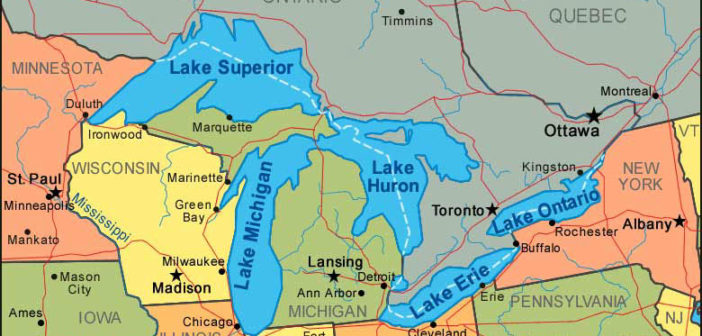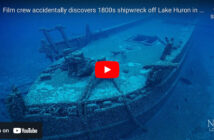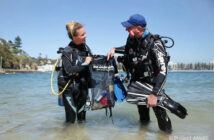The Great Lakes and the difficulties they face are discussed in this four-part Zoom series, presented by Environment and Climate Change.
Great Lakes Session 1: Out of sight, but not out of mind – Contaminants in Water and Sediment
Nov 23, 2021 05:30 PM in Eastern Time (US and Canada)
Great Lakes Session 2: 8,500 km of Great Lakes shoreline :: Coastal Processes
Dec 2, 2021 05:30 PM in Eastern Time (US and Canada)
Great Lakes Session 3: With Great Lakes, comes great responsibility: Areas of high ecological value
Dec 7, 2021 05:30 PM in Eastern Time (US and Canada)
Great Lakes Session 4: Nutrients, too much of a good thing – Nuisance and harmful algae
Jan 13, 2022 05:30 PM in Eastern Time (US and Canada)
The Great Lakes are a series of huge interconnected freshwater lakes in North America’s upper mid-east area that connect to the Atlantic Ocean via the Saint Lawrence River. Superior, Michigan, Huron, Erie, and Ontario are all on or near the Canada–United States border. Because Lake Michigan and Lake Huron meet at the Straits of Mackinac, there are four lakes hydrologically. The Great Lakes Waterway allows for water transit between the lakes. There are over 6,000 shipwrecks in the Great Lakes, having caused an estimate loss of 30,000 mariners’ lives. It is estimated that there are about 550 wrecks in Lake Superior, most of which are undiscovered.
The Great Lakes are the world’s biggest group of freshwater lakes by total area and second-largest by total volume, accounting for 21% of the world’s surface fresh water. The overall surface area is 94,250 square miles (244,106 km), and the total volume is 5,439 cubic miles (22,671 km), little less than Lake Baikal’s volume (5,666 cu mi or 23,615 km, 22–23 percent of the world’s surface fresh water). The five Enormous Lakes have long been referred to as inland seas because of their sea-like qualities, such as rolling waves, continuous winds, strong currents, great depths, and wide horizons. Lake Superior is the second-largest lake in terms of surface area.









